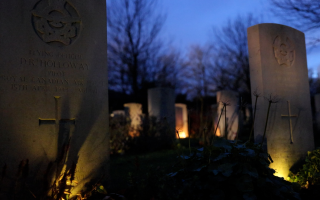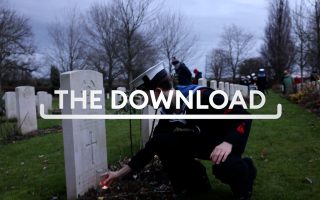What it felt like to handle part of the V-1 bomb that hit Guards' Chapel 81 years ago
Standing inside the Guards' Chapel, it feels surreal holding a fragment of the bomb that caused such damage, destruction and death.
Knowing that in 1944, it collided with the building on the same spot I was stood in.
I was given the rare chance to handle it and have a look up close.
Although this fragment felt light, it was part of a much heavier bomb that did incredible damage.
Handling it with gloves on, this fragment has never been on public display, and it is unknown who gave it to the Guards' Museum.
It is thought this piece, now preserved as an important part of history, was used to hold fuel.
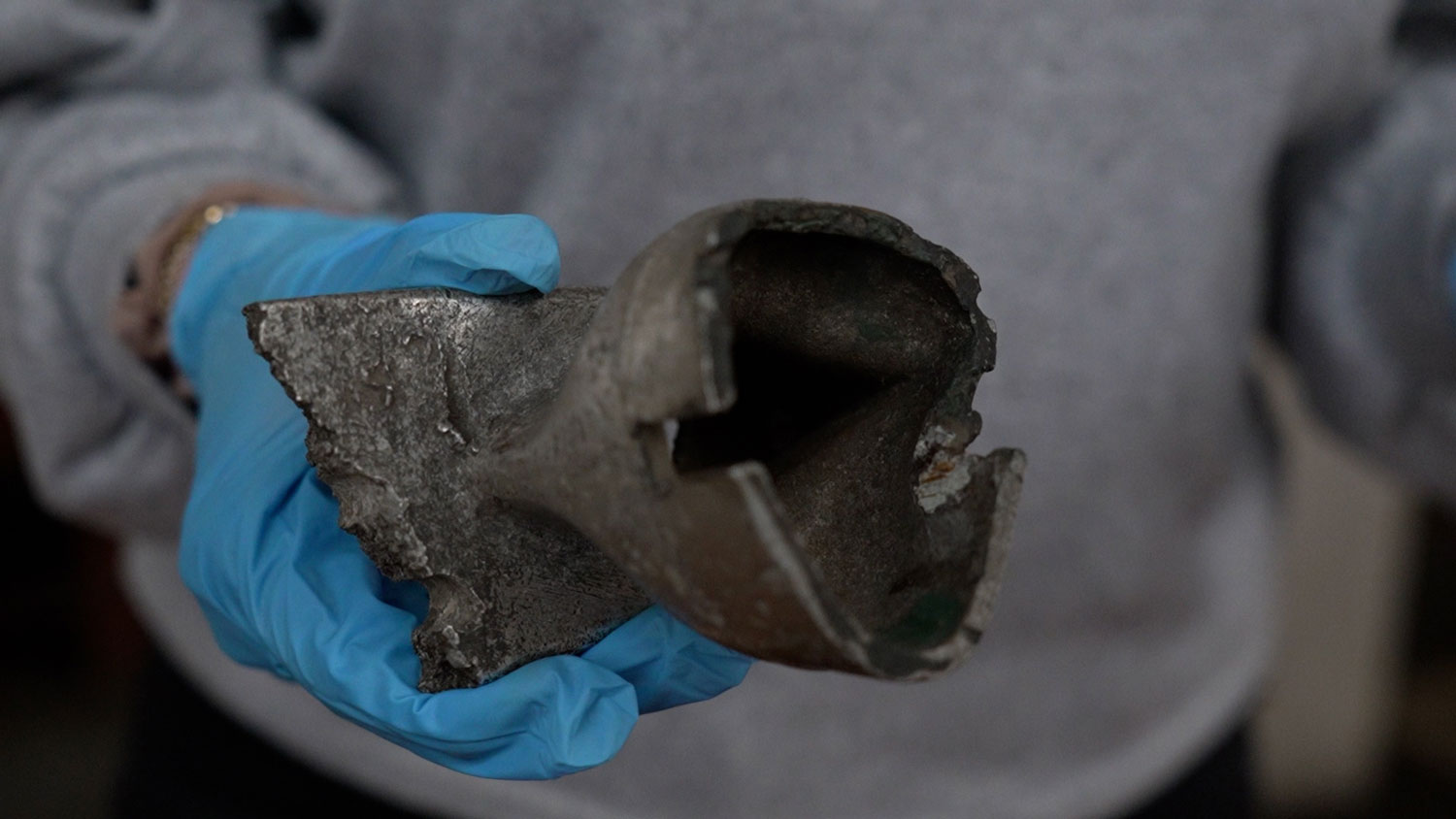
Made of cast alloy, it is seemingly bent and twisted by the impact and explosion.
It felt bizarre to have to handle something designed to cause such terror with such gentleness as I stood in front of the only part of the chapel it did not destroy, the apse, where the altar is positioned.
The chapel bombing
On 18 June 1944, the Royal Military Chapel at Wellington Barracks in London was hit by a V-1 Flying Bomb during a Sunday morning service.

A mixed military and civilian congregation had gathered for the Sunday service, when, shortly after 11:00, the V-1 flying bomb nose-dived into the roof of the building on the western end.
Tonnes of rubble fell onto the congregation, killing 121 people and seriously injuring more than 100 worshippers in the chapel.
Those killed included the Director of Music and five musicians from the Band of the Coldstream Guards.
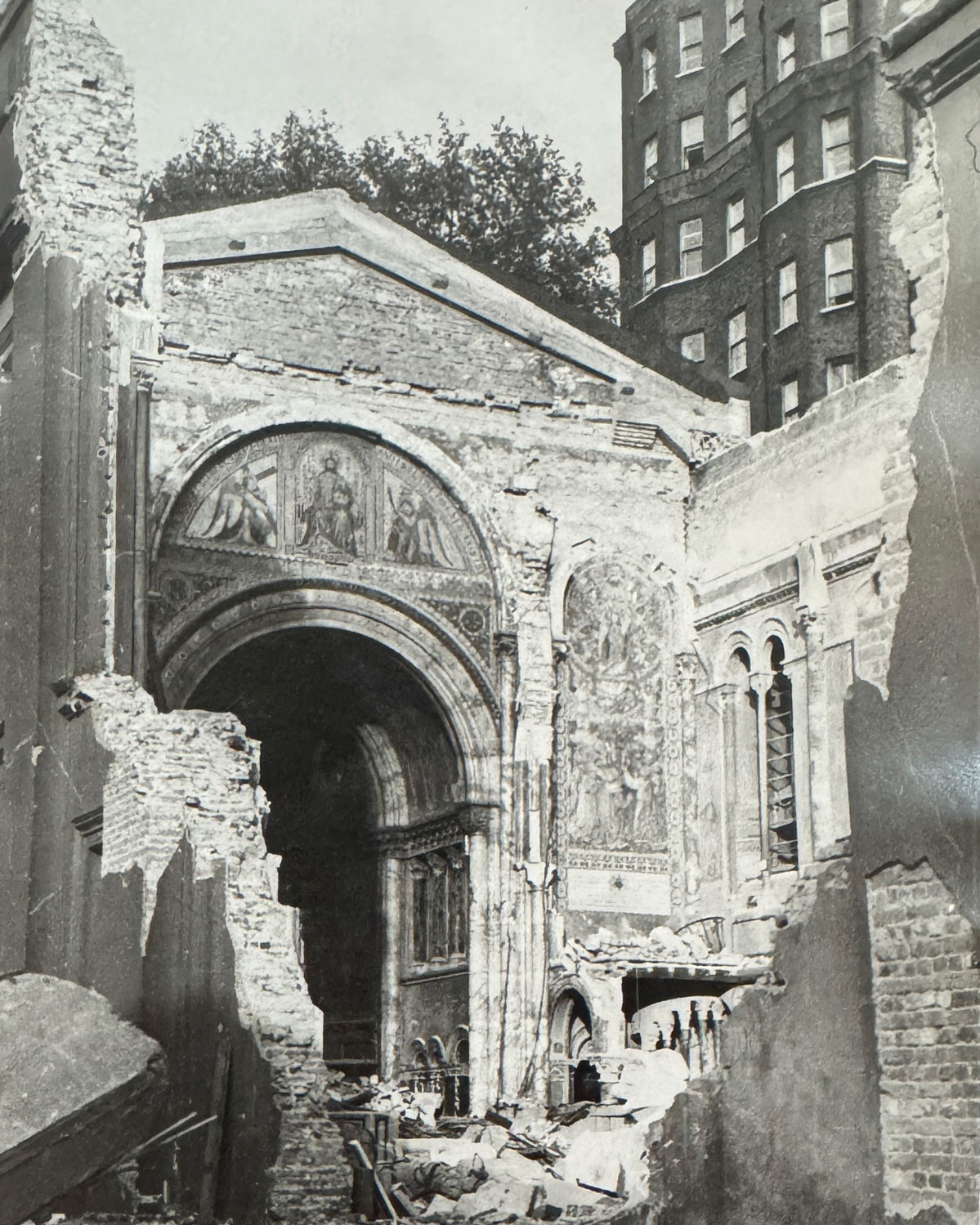
Twelve days after the success of D-Day, this was the single deadliest attack of Nazi Germany's campaign of V-1 bombs during WWII.
Two V-1s hit Westminster that morning and the third hit the Guards Chapel.
The chapel was destroyed in the blast except for the apse, a semicircular, arched recess, at the eastern end.
This original structure remains to this day.
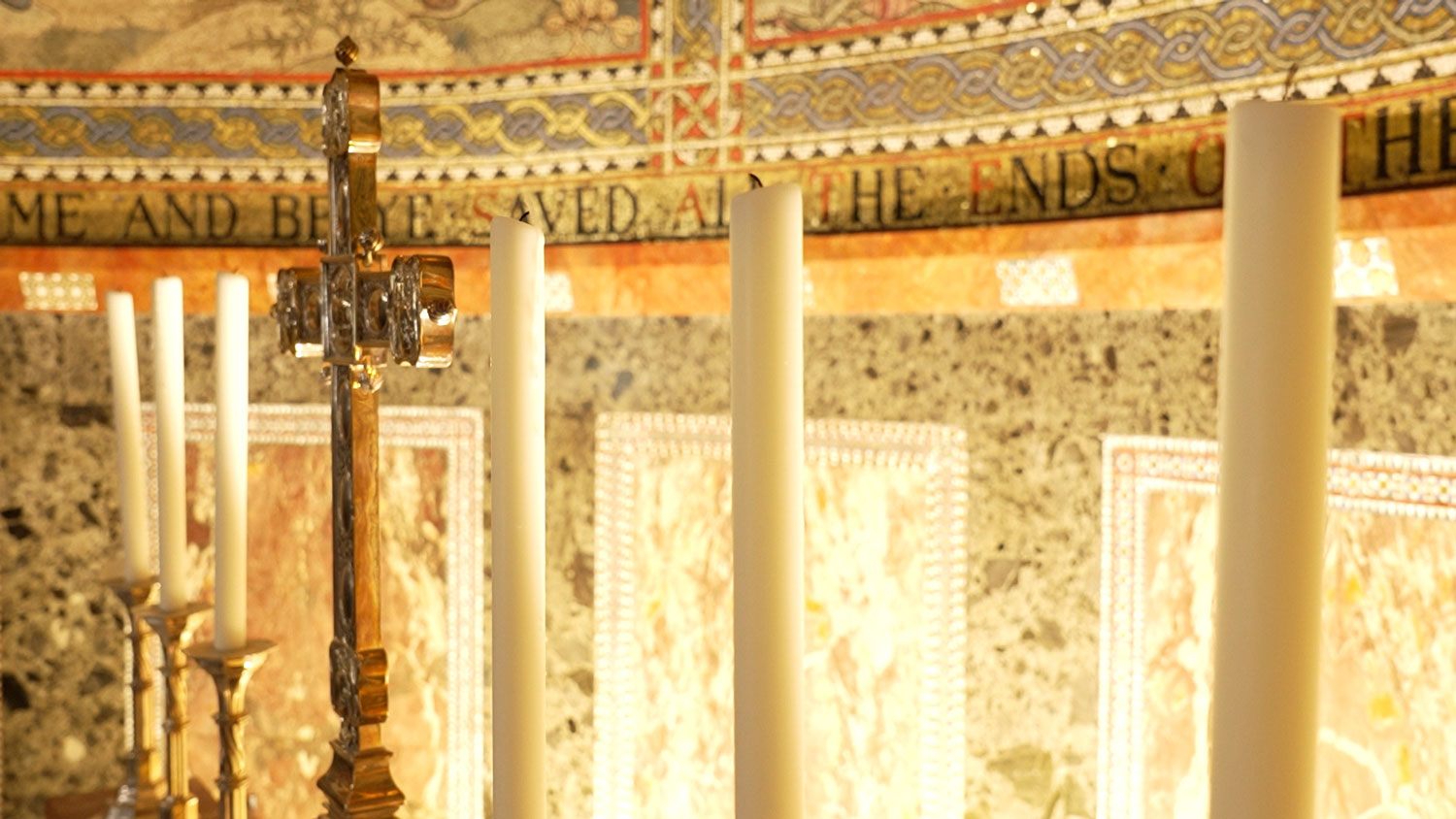
Six silver candlesticks, on the altar in the apse, were unmoved by the explosion and their candles remained burning.
About the V-1 bomb
The first of Hitler's 'Vergeltungswaffe' or 'Vengeance Weapons', he hoped the V-1 was going to win the Second World War for Germany.
The V-1 flying bomb was an early type of cruise missile, eight metres long and five metres wide, and resembling an aeroplane.
It was powered by a jet engine with a speed of 350-400mph and a range of up to 250 miles.
It had a guidance system that was only accurate to seven miles, so the Germans were firing them at London but had no real idea where they would land.
The warhead was 850kg of explosive, enough to destroy a row of terraced housing.
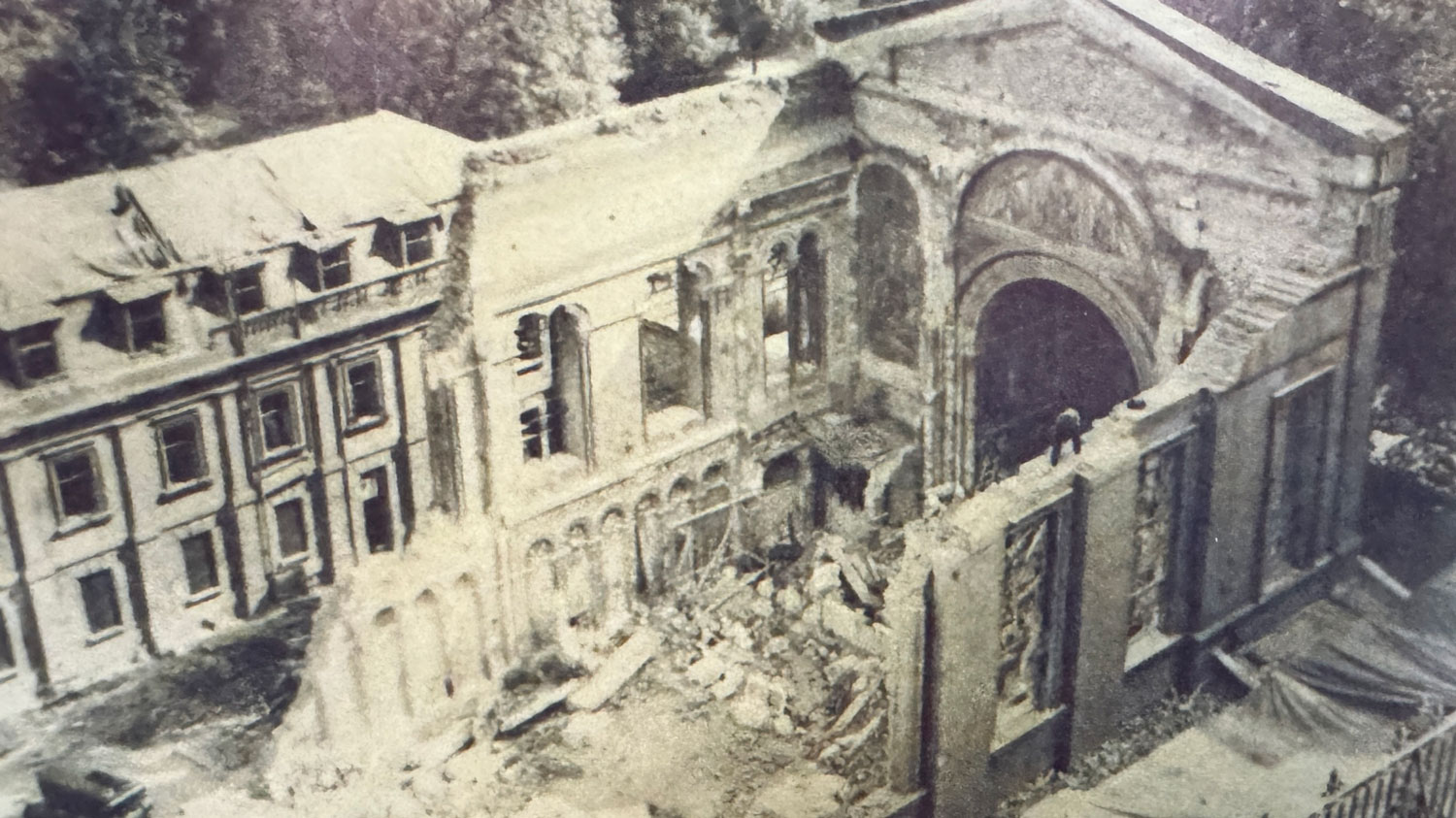
Their aim was to strike terror into the people of London, to shatter morale and to hopefully bring about an advantageous end to the war for Germany.
The jet engine made an unusual buzzing sound and led the V-1s to be nicknamed the Buzz Bomb or Doodlebug.
People soon learned that when the bomb went into a dive, the engine cut out and that was when you needed to take shelter. If the bomb flew over still buzzing, you were ok – from that bomb at least.

The intention was to launch tens of thousands but in the end around 7,500 reached Britain.
The bomb would have been manufactured in a secret underground factory in Germany with the majority of the workforce being slave labour.
It was then transported to a launch site in France where it was launched from a fixed angled ramp.

The first V-1s landed on Britain on 13 June, with one reaching London.
By 18 June, their existence had been made public, but most people knew little about them.



